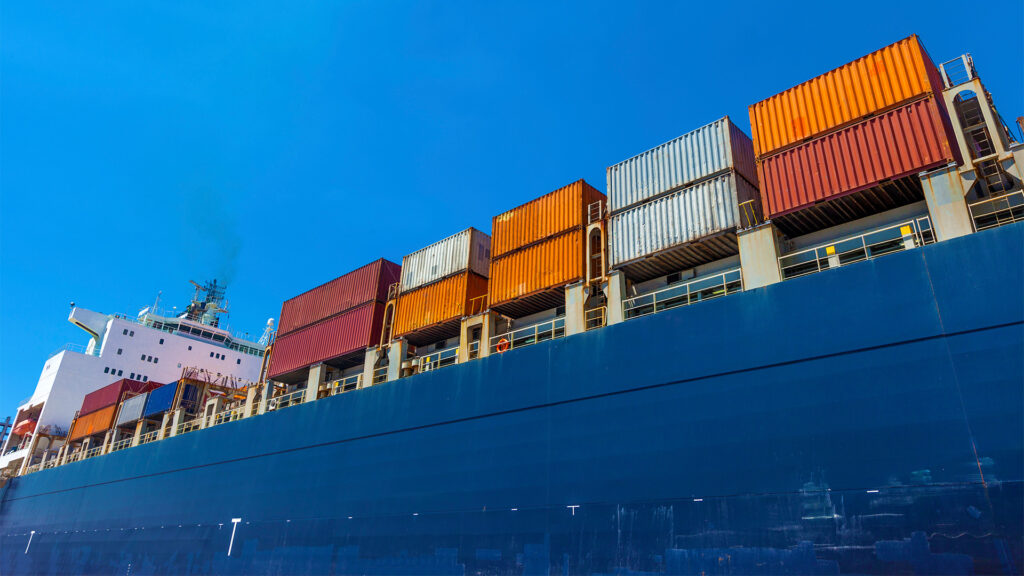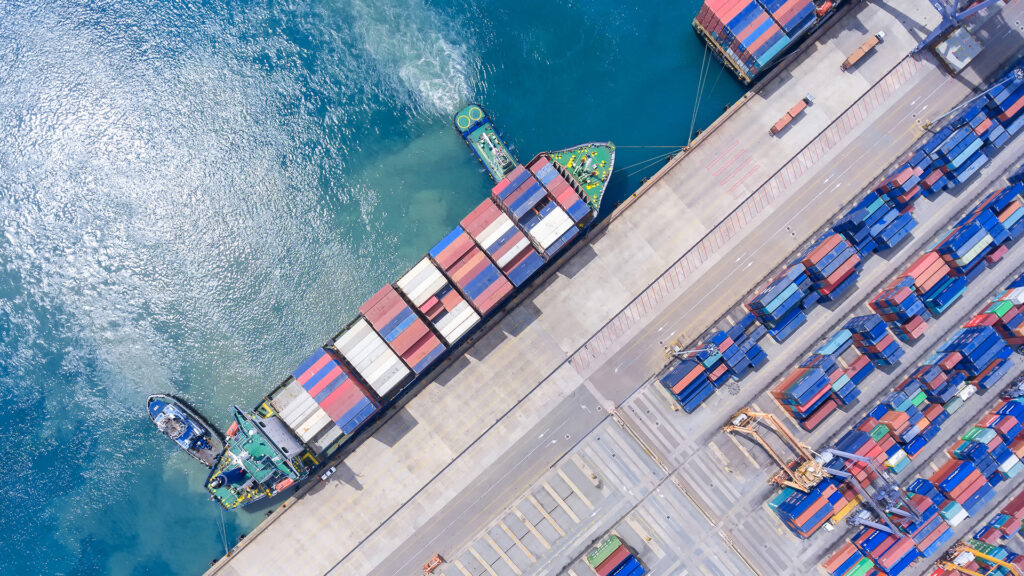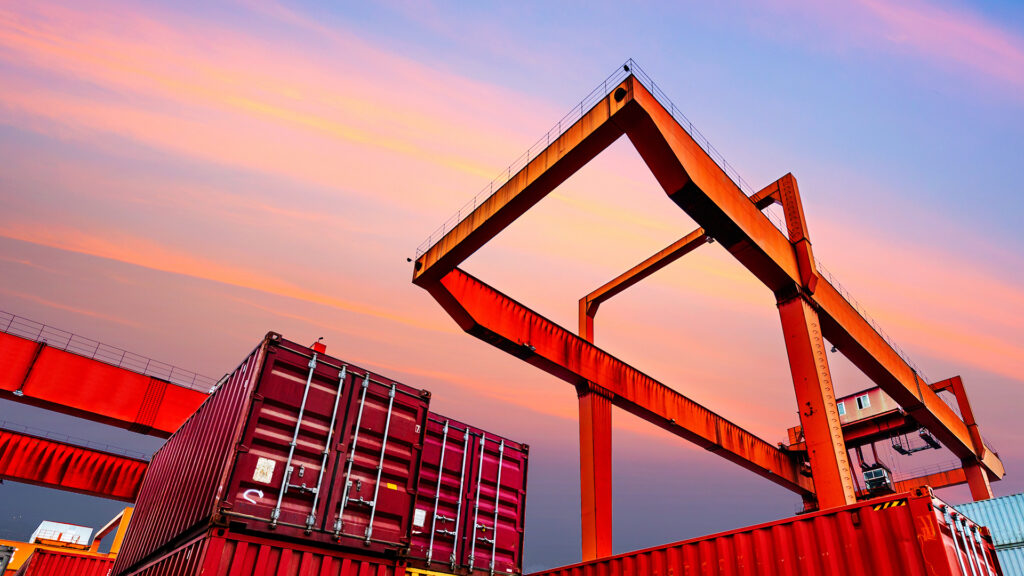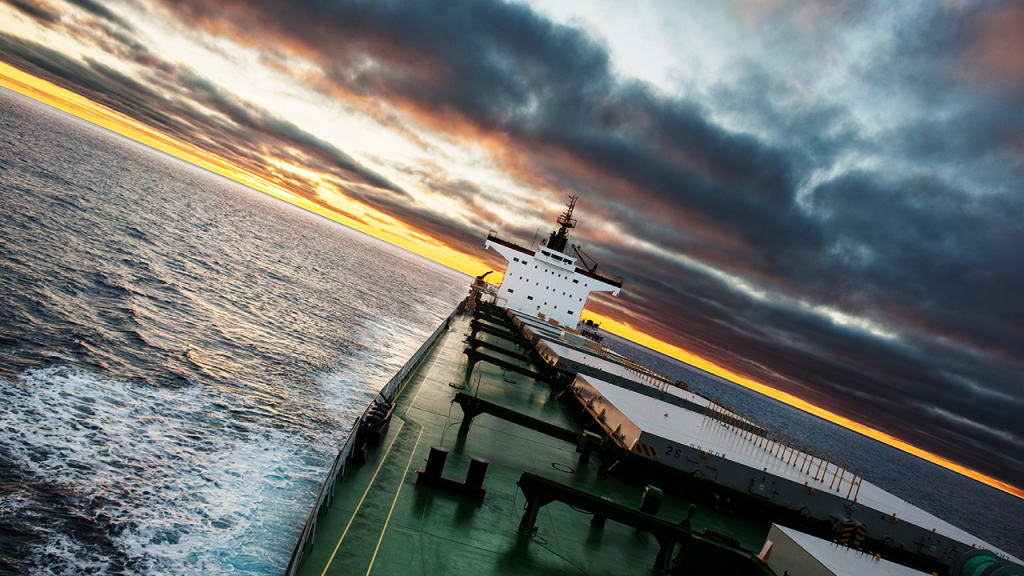Offshore Impact: Customs and Border Protection issues a significant notice that changes Jones Act interpretation
On December 11, 2019, U.S. Customs and Border Protection (CBP) issued a significant Customs Bulletin and Notice (the Notice)1 that will impact whether coastwise qualified vessels are required for certain offshore operations.
CBP stated it will apply a more restrictive view of the term “vessel equipment” and confirmed that certain offshore lifting activities may be conducted by non-coastwise qualified vessels. The Notice affects multiple stakeholders in the offshore construction, oil, gas, and wind energy sectors. Stakeholders must carefully consider the effect of the Notice on their operations.
Background
The Merchant Marine Act of 1920, also known as the Jones Act, serves as the primary law in the United States regarding the type of, and manner in which, vessels may engage in coastwise trading, which includes activities conducted on the Outer Continental Shelf (OCS).
The Jones Act applies to the transportation of “merchandise.” Pursuant to 46 U.S.C. § 55102(a) and 19 U.S.C. § 1401(c), “merchandise” means goods, wares, and chattels of every description and includes merchandise the importation of which is prohibited. Conversely, “vessel equipment,” which is a CBP created term-of-art, has been identified as separate and distinct from “merchandise,” and as expressly including equipment and materials critical to the safe operation of the vessel. Historically, CBP’s interpretation of “vessel equipment” has been somewhat controversial.
In both 2009 and 2017, CBP proposed the revocation and modification of several interpretative Headquarters Rulings, some of which go as far back as 1976, interpreting “vessel equipment” in the offshore context. The 2017 CBP proposal engendered robust comments from a variety of stakeholders, which fostered an on-going dialogue between CBP and the offshore industry.
Although not part of the 2017 or 2009 CBP Notices, CBP has long issued rulings that state that a stationary non-coastwise qualified vessel may conduct lifting operations involving cargo or offshore construction. There were, however, several CBP rulings that stated that incidental movements during lifting operations, even for safety reasons, constituted transportation, which violated the Jones Act.
The 2019 Notice
In the Notice, CBP stated that: (1) CBP would apply a more narrow definition of “vessel equipment”; and (2) CBP clarified its position on offshore lifting operations. The Notice, which comes into effect on February 17, 2020, further identified prior CBP Rulings that will be revoked or modified.
1. Vessel Equipment
CBP states that its prior interpretation of vessel equipment was “overbroad,” and in the attempt to narrow the scope of the phrase “vessel equipment,” has reissued a new interpretation of the term to make it “more consistent with federal statutes and regulations.” “Vessel equipment” will be interpreted by CBP as including “those items that aid in the installation, inspection, repair, maintenance, surveying, positioning, modification, construction, decommissioning, drilling, completion, workover, abandonment or similar activities or operations of wells, seafloor or subsea infrastructure, flowlines, and surface production facilities.” CBP also emphasizes that if “an item is returned to and departs with the vessel after an operation is complete, and is not left behind on the seabed,” it is “a factor that weighs in favor of an item being classified as vessel equipment, but is not a sole determinative factor.”
By narrowing the definition in this way, CBP restricts vessel equipment to materials that potentially travel to and from destinations on a vessel. This could potentially categorize certain materials as merchandise rather than vessel equipment, based on whether the material is removed from or accompanies the vessel.
Whether a specific item is unladen or paid out will be determined on a case-by-case basis. However, CBP did confirm that no change is made to CBP’s prior interpretation of pipe/cable laying rulings.
2. Lifting Operations
CBP also distinguished its interpretation of “lifting operations” from “transportation” under the Jones Act. CBP has departed from the reasoning set forth in a 2012 Ruling 2 in which CBP held that any movement of a non-coastwise qualified vessel, even a short distance for safety reasons, while a topside was under hook, was unlawful coastwise transportation. “Lifting operations” include activities such as “lifting by cranes, winches, lifting beams, or other similar activities or operations.” CBP has now determined that “incidental movements” of a crane barge beyond revolving on its axis, will not be considered “transportation” and therefore will not violate the Jones Act.
Lifting operations encompass the initial vertical movement of an item from a lower position to a higher position and any additional vertical or lateral movement necessary to safely place into position or remove an item from the vicinity of an existing structure, facility or installation. Specifically, any vertical or lateral movements of the crane, or temporary placement of the materials before final placement, will not be considered transportation of merchandise. Unlike point-to-point movement contemplated in the statute, any lateral movement of a vessel or item in the immediate vicinity of the structure or facility where an item is being positioned or removed is merely subordinate to, and a direct consequence of, the lifting operations, and therefore will not violate the Jones Act.
Conclusions and Recommendations
The 2019 Notice will likely have a significant impact on future offshore operations. With CBP applying a more restrictive view of “vessel equipment,” more items will be considered “merchandise” and therefore require transportation by a coastwise qualified vessel. CBP’s clarification on offshore lifting brings CBP in line with U.S. Coast Guard safety concerns regarding incidental movement during lifting operations and removes conflicts between past CBP lifting rulings.
When considering future operations, offshore stakeholders should consider the 2019 Notice. Given the changing landscape, it is critical that a case-specific CBP ruling be requested before conducting operations.
For further information, please contact the authors of this briefing:
James Brown
Partner and Master Mariner Houston
T +1 (713) 706 1947
E jim.brown@hfw.com
Michael Wray
Partner, Houston
T +1 (713) 706 4905
E michael.wray@hfw.com
Footnotes
- Modification and Revocation of Ruling Letters Relating to CBP’s Application of the Jones Act to the Transportation of Certain Merchandise and Equipment Between Coastwise Points. CUSTOMS BULLETIN AND DECISIONS, VOL. 53, NO. 45, Pg. 84, 11 Dec. 2019, http://www.cbp.gov/sites/default/files/assets/documents/2019-Dec/Vol_53_No_45_Title.pdf
- HQ H225102 (Sept. 24, 2012); see also HQ H235242 (Nov. 15, 2012).
Download a PDF version of ‘Offshore Impact: Customs and Border Protection issues a significant notice that changes Jones Act interpretation’










